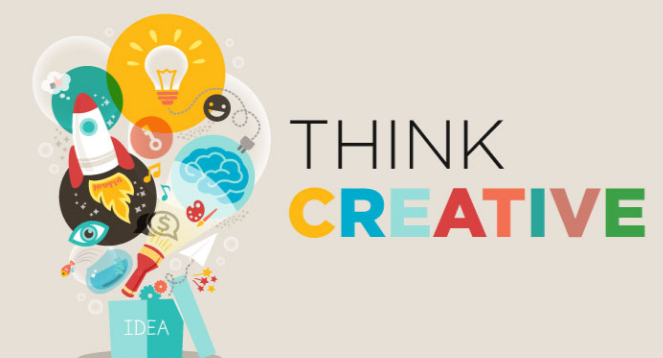Tag: differentiation
How to Build Key Requirements for a Strong Brand Identity
Have you ever defined your favorite brands and questioned why? It is a key exercise we often use with our clients. It helps to evaluate what should be the heart of your company’s strong brand identity. We believe the heart of all killer brands is the promise they commit to delivering to their clients. No…
Reasons Why Companies Often Require a Rebrand
Your brand forms the core identity of your business. It’s more than simply the name of your company, but is a fusion of all the values, standards, ideals, and characteristics that are embodied by your organization. Brands, indeed, often require a rebrand. That is your business’s personality. However, sometimes, even the most well-known and beloved…
8 Rookie Mistakes to Avoid in Small Business Branding
Have you ever defined your favorite brands and questioned why? It is a key exercise we often use with our clients. It helps to avoid rookie mistakes in small business branding. It also helps to evaluate what should be the heart of your company’s strong brand identity. It is all about how to be heard in…

Brand Creator … 9 Ways Creative Branding Can Rescue Your Marketing
Creative branding? An implicit or explicit effort? You would know what I meant if you were a brand creator. Let me explain. Every business has a brand, whether explicitly planned or not. The critical question is how good the brand is. And how well it contributes to your marketing campaign. If you are leaving…